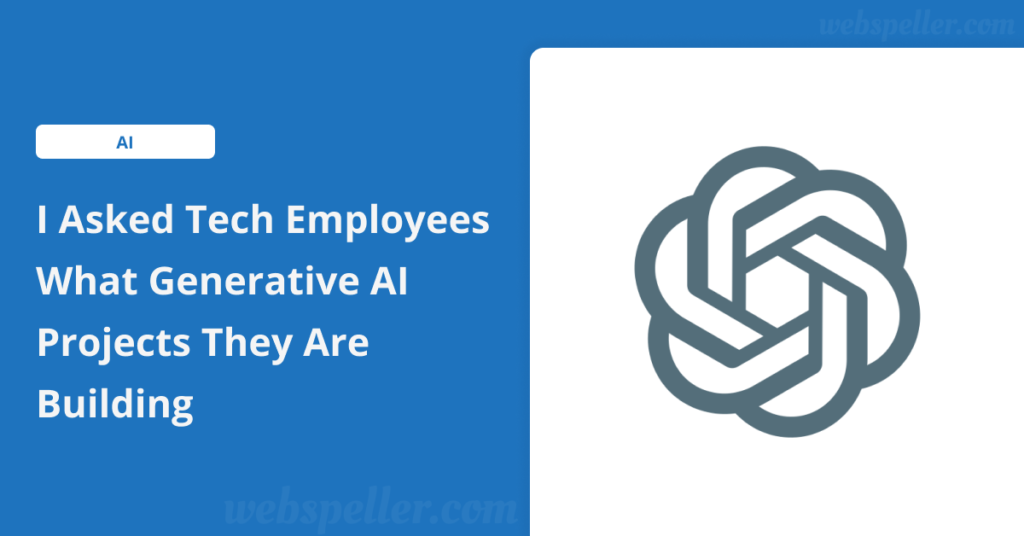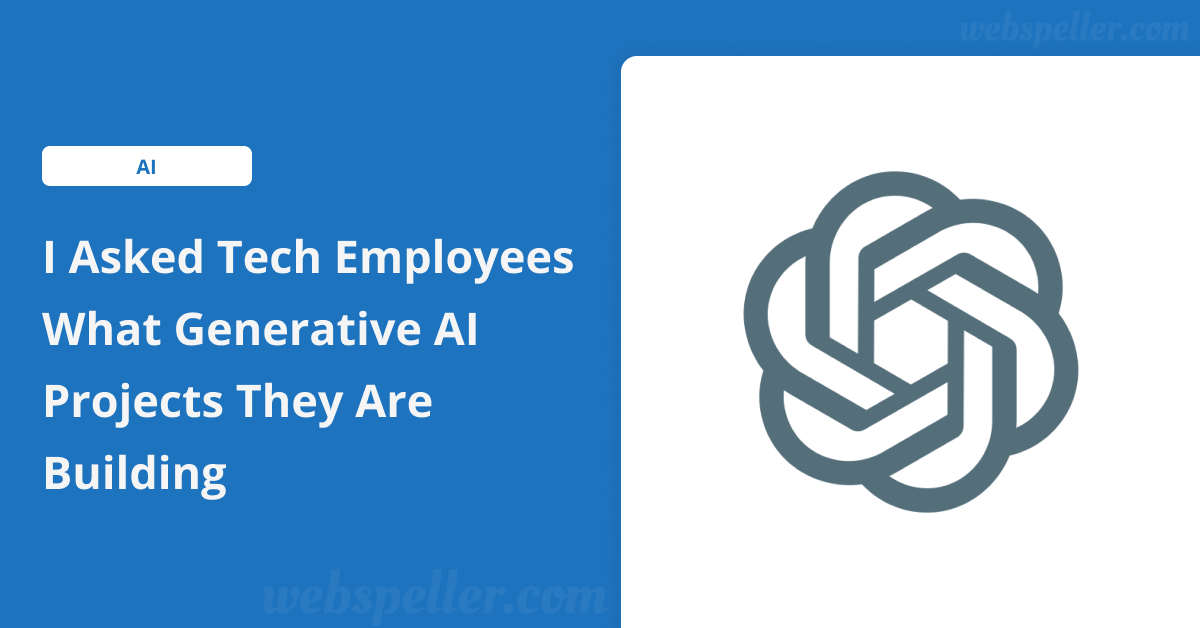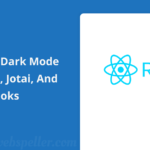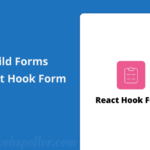Table of Contents

In recent years, the tech industry has seen a surge of interest in generative AI, with numerous professionals embarking on exciting generative AI projects. At a tech conference in Sydney, Australia, I had the opportunity to ask several tech employees what generative AI projects they’ve been working on. The responses were fascinating and showcased just how innovative and far-reaching this technology is becoming.
Revolutionizing Productivity with Generative AI
Ben Osborne, a software engineer at Macquarie Group, shared how generative AI, particularly ChatGPT, has significantly impacted his workflow. Ben noted that using generative AI to write boilerplate code and debug issues has saved him countless hours. His most recent project, Content Solo, leverages AI to generate LinkedIn posts using Canva, including imagery and content, streamlining his social media strategy.
Ben encountered some challenges, especially when figuring out how to integrate generative AI with external systems like the Canva API. However, his advice for beginners is to jump right in by experimenting with OpenAI’s API, stressing that even without a formal background in AI, passion and persistence can lead to impactful projects.
Real-World Applications in Customer Service and Retail
Warren Shiland, country manager for DataStax in Australia, New Zealand, and Japan, emphasized that generative AI is evolving beyond novelty use cases. Instead of simply using AI to automate tasks like chat-based document retrieval, businesses are now exploring ways to increase revenue and cut costs through AI-driven solutions. For example, retail companies are building virtual assistants that mimic in-store experiences, and customer service teams are utilizing AI to provide preemptive, personalized support.
Warren’s insight highlights how generative AI can combine real-time data with enterprise systems to create value for organizations worldwide. He believes the next five to ten years will see a major shift in how we interact with businesses online, with AI delivering more human-like experiences.
Streamlining Developer Productivity
Maor, a solutions architect at AWS, shared an exciting project aimed at improving developer productivity. By using generative AI, his team developed a tool that evaluates code commits and provides instant feedback on areas of improvement. While integrating AI best practices posed challenges, especially regarding consistency in output, Maor found that refining the prompts and utilizing various tools helped him overcome these hurdles.
For developers new to generative AI, Maor suggests experimenting with different tech stacks and tools. His advice is to be open to using different models and configurations until you find the one that fits your specific needs.
Enhancing Internal Documentation with AI
Michael Hart, principal engineer at Cloudflare, has been working on retrieval-augmented generation (RAG) applications. His projects include building internal tools that use AI to generate and organize documentation, improving efficiency across teams. Michael pointed out some of the common challenges with AI, such as limited context windows and managing the creative tendencies of large language models. Despite these difficulties, he sees potential in enhancing tool calling capabilities in models, which will be a game-changer in the coming years.
For beginners, Michael recommends starting small with open-source tools like LM Studio or Ollama, which allow developers to experiment with models on their own laptops before scaling to cloud-based platforms like AWS or Cloudflare.
Conclusion: The Future of Generative AI
The insights shared by these tech professionals underscore the transformative potential of generative AI projects. From automating code generation and improving developer productivity to creating personalized customer experiences, generative AI is reshaping how we work, interact, and innovate.
In the next five to ten years, we’re likely to see even more advancements as generative AI becomes more integrated into everyday workflows. Whether you’re an experienced developer or just starting, now is the time to explore how generative AI can enhance your projects and open new possibilities in the tech landscape.


